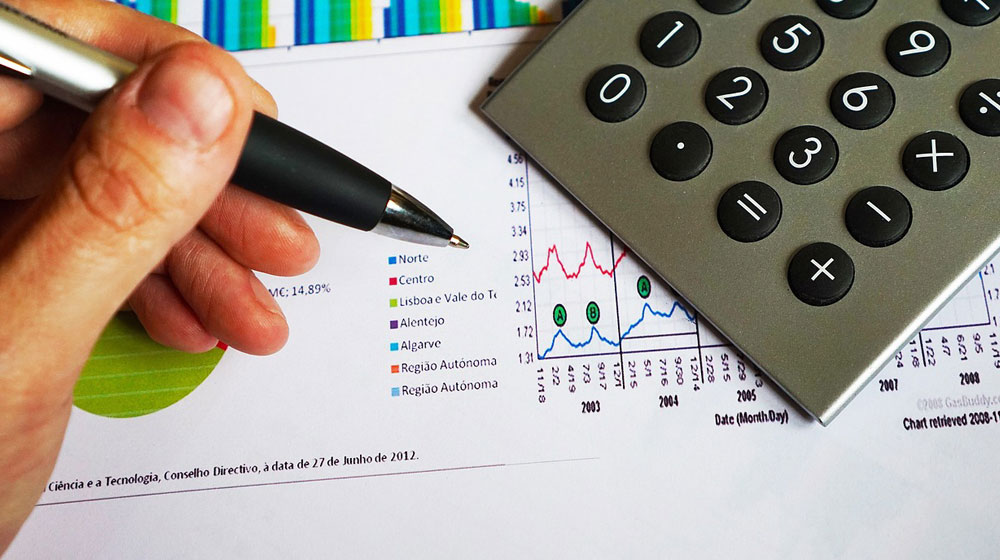Lines of Credit: The Hidden Financial Tool You Should Be Using

In the complex world of personal finance, many tools are available to help manage expenses, leverage opportunities, and build wealth. Among these, lines of credit often remain underutilized, despite offering significant benefits. Whether for individuals, businesses, or homeowners, a line of credit can be a powerful financial tool—if used wisely.
What is a Line of Credit?
A line of credit (LOC) is a flexible loan from a bank or financial institution that allows you to borrow up to a certain limit. Unlike a traditional loan, which provides a lump sum that must be repaid in fixed installments, a line of credit lets you borrow, repay, and borrow again, as long as you do not exceed your credit limit.
There are different types of lines of credit, each tailored to specific needs:
– Personal Line of Credit: Unsecured and ideal for covering unexpected expenses or managing cash flow, this type doesn’t require collateral.
– Home Equity Line of Credit (HELOC): Secured against the equity in your home, a HELOC offers lower interest rates and higher credit limits, making it suitable for major expenses like home renovations or debt consolidation.
– Business Line of Credit: Designed for businesses, this LOC helps manage short-term working capital needs, purchase inventory, or cover operational expenses.
Why You Should Consider a Line of Credit
– Flexibility and Convenience: One of the main advantages of a line of credit is its flexibility. You only borrow what you need, when you need it, and pay interest only on the amount borrowed. This makes it an excellent tool for managing variable expenses or for having a financial cushion during emergencies.
– Lower Interest Rates: Compared to credit cards, lines of credit often offer significantly lower interest rates. This can make them a more cost-effective option for financing large purchases or consolidating high-interest debt.
– Credit Score Improvement: Responsibly using a line of credit can positively impact your credit score. Regularly borrowing and repaying funds demonstrates to lenders that you are a responsible borrower, which can improve your creditworthiness over time.
– Emergency Fund Alternative: While having an emergency fund is essential, a line of credit can serve as a backup plan. In times of unexpected financial strain, it provides immediate access to funds without the need to dip into savings.
– Supporting Business Growth: For entrepreneurs, a business line of credit can be invaluable. It provides the working capital necessary to seize growth opportunities, manage seasonal fluctuations, or cover unexpected costs without disrupting the business’s cash flow.
The Risks and How to Manage Them
While lines of credit offer many advantages, they also come with risks if not managed properly:
– Temptation to Overspend: The easy access to funds can lead to overspending, which may result in accumulating debt that becomes difficult to manage.
– Variable Interest Rates: Many lines of credit come with variable interest rates, meaning your monthly payments could increase if rates rise.
– Impact on Credit Score: Failing to make timely payments can negatively impact your credit score, making it harder to access credit in the future.
To mitigate these risks, use a line of credit wisely. Borrow only what you need, keep track of your spending, and make regular payments to avoid falling into debt. Additionally, it’s a good idea to periodically review your credit agreement and stay informed about any changes in interest rates or terms.
A line of credit is a versatile and often underappreciated financial tool that, when used strategically, can offer numerous benefits. Whether you’re looking to manage day-to-day expenses, finance a significant purchase, or ensure your business has the working capital it needs, a line of credit can provide the flexibility and peace of mind that other forms of credit might not. As with any financial tool, the key to success lies in understanding how it works and using it responsibly.






